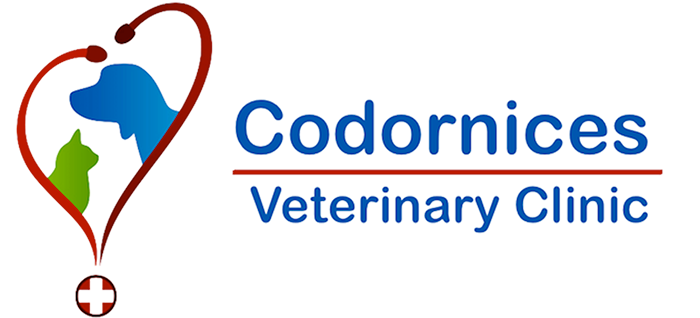Codornices Veterinary Clinic
Pet Dental Care
Your pet’s overall health, well-being, and longevity are all dependent on healthy teeth and gums. Plaque, tartar, gingivitis, and cracked teeth are all preventable dental problems that can lead to discomfort and illness. Codornices Veterinary Clinic’s dental team is trained to provide a wide range of dental services, including preventive care, oral hygiene evaluations, and treatment. To detect disease below the gumline, we use the top-of-the-line Sopix dental X-ray technology. We’ve discovered that proper oral hygiene can offer your pet increased vitality and passion for life, as well as add years to their lifespan!
Dental disease affects the majority of pets. Many pets develop substantial gingivitis and periodontal disease by the age of four. It’s a painful, slow-progressing disease that has an impact on the pet’s general health and well-being. Oral discomfort will not be visible in pets. They simply learn to live with the pain associated with dental disorders since it develops gradually over time. This is why all pets should get their oral health checked by a veterinarian at least once a year.

What Is Proper Dental Hygiene For Your Pet’s Teeth
There are various ways to guarantee that your pet’s dental health is taken care of properly. As a pet owner, you must be diligent and committed to all of them. Your pet companion will not notify you that he or she requires dental care, thus it is up to you to take care of it.
- Dental health is built on a foundation of proper eating.
- If feasible, start brushing your pet’s teeth when he or she is young.
- Pets should have semi-annual checkups.
- Keep an eye out for indicators of potential dental problems, such as poor breath.
- Tell your veterinarian about any unusual behaviors you’ve observed or any concerns you have during your visit.
- For avoiding or treating major dental disorders, early prevention is critical.
An oral exam and anesthetic X-rays are required for thorough pet teeth cleaning in order to diagnose any dental illness that may be present. The majority of dental disease in pets happens behind the gum line. FORLs (feline odontoclastic resorption lesions) are common in cats’ teeth. These are cavity-like lesions at the tooth’s neck (where the gum meets the tooth). The roots are resorbed as a result of these lesions, which are unpleasant. Unfortunately, your pet will develop a natural tolerance for the pain that these lesions create. In these circumstances, the afflicted tooth or teeth will almost always need to be extracted. Odontoclastic resorption lesions do not affect all pets (FORL). Only a complete examination by your veterinarian, including X-rays, can confirm if your pet has these lesions. The treatment is effective. However, pets who get these lesions are more prone to develop more throughout their lives, necessitating annual maintenance.
Gingivitis and periodontal disease are two more dental disorders in pets that may require medication and/or dental procedures to alleviate the pain. The significance of annual tests should not be overlooked. Dental care is something you should entrust to your veterinarian in order to stay healthy.
